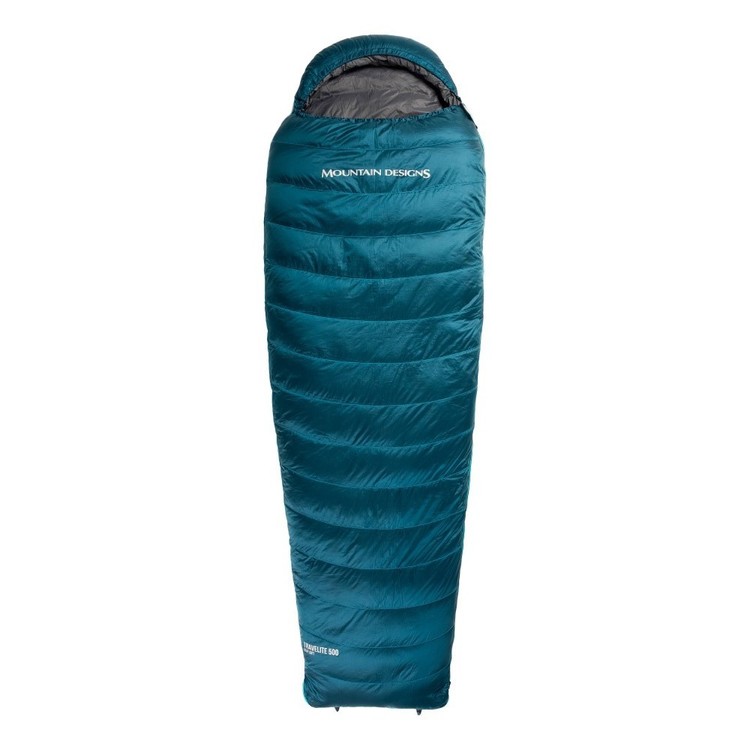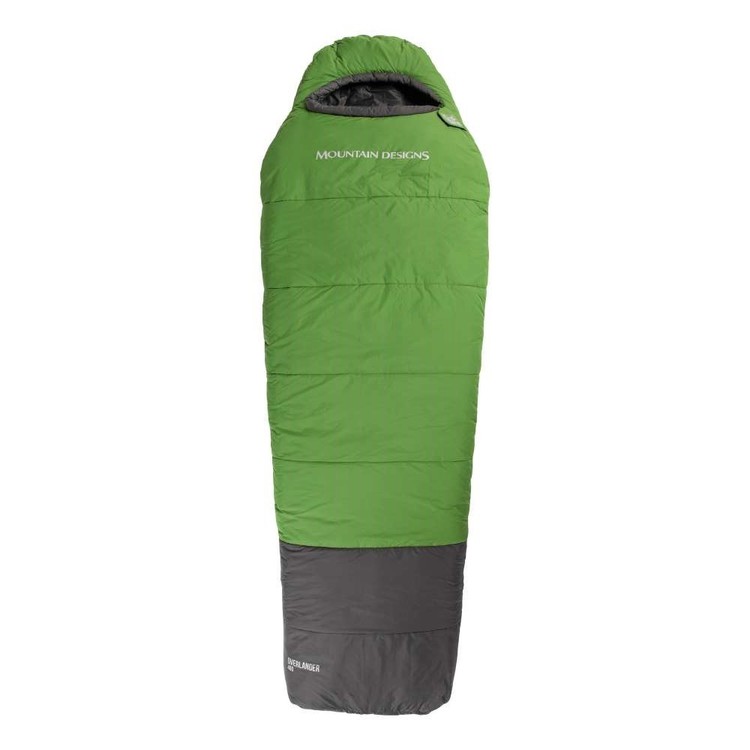| Your browser is not supported. | ||
|
Please browse our site using any of the following options:
| ||
How To - Choose A Sleeping Bag
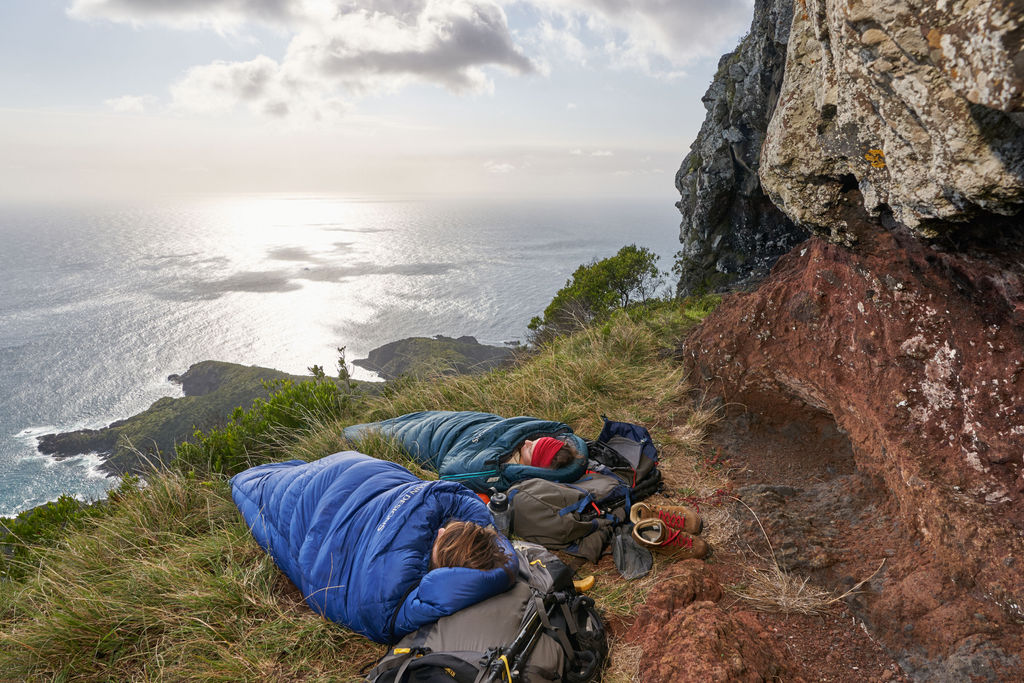
Like with all your outdoor gear, using a sleeping bag that is fit-for-purpose will help make your outdoor adventure more comfortable, enjoyable and safe. But choosing the right sleeping bag can be tricky - there are so many options available with so many features, as well as the fact that each adventure you go on will have different weather and environmental conditions to deal with. When it comes to making your selection, you need to consider a range of factors, which we describe here.
Warmth
Match the temperature rating of your sleeping bag with the temperature range that you're likely to encounter when you're going to sleep. This will ensure you have the right level of insulation for the conditions to trap your body heat effectively. You need to be warm enough if it gets cold, but likewise you don't need a technical alpine expedition sleeping bag on a warm, summer's night.

The temperature rating is labelled on all Mountain Designs sleeping bags for easy comparison.
Insulation Type
A down sleeping bag contains down insulation, which is made from the fluffy layer found underneath the feathers and predominantly around the chest area of a goose or duck. Many people mistakenly think that down is the feathers but in actual fact it is the bird's undercoat. On the other hand, synthetic sleeping bags contain synthetic microfibres made of polyester threading, which is moulded into long single threads or short staples to mimic lofty down clusters. There are a few differences between the two fill types but the key aspect is that down has a better warmth-to-weight ratio. This means that gram for gram, it is warmer than synthetic. It also retains its shape and loft very well, and is highly compressible, making it easy to pack away and store while outdoors. However, apart from hydrophobic-treated down, moisture can cause down to clump and reduce its ability to insulate. For humid or wet conditions, a synthetic insulated sleeping bag may be preferable.
Thermal-Efficiency
Insulation itself doesn't warm you up. Rather, it helps to trap body heat within the sleeping bag. Any openings in the bag will allow heat to escape so certain design features are constructed into the bag to minimise this. 3D hood designs and hood tightening systems provide head and neck comfort and allow you to trap warmth effectively. A draft tube along the main zip opening to cover the zip will also help prevent heat from escaping through, and similarly, a face baffle running around the edge of the hood opening will seal the sleeping bag around your face. The other major design feature that affects thermal-efficiency is the baffle construction. The baffles are the chambers (typically horizontal) stitched into the design to prevent the insulation fill from moving around inside. They hold the fill in place and allow it to fully loft, enhancing its ability to trap heat and keep you warm. The predominant baffle construction techniques we use are stitch through, box wall, and trapezoidal.
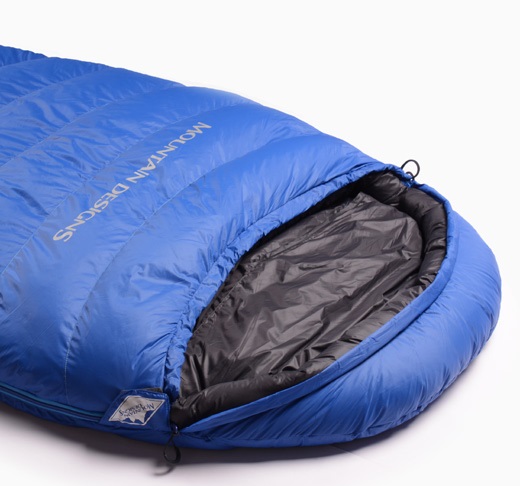
A 3D hood design comes around the top of the head, minimising down compression and the risk of cold spots.
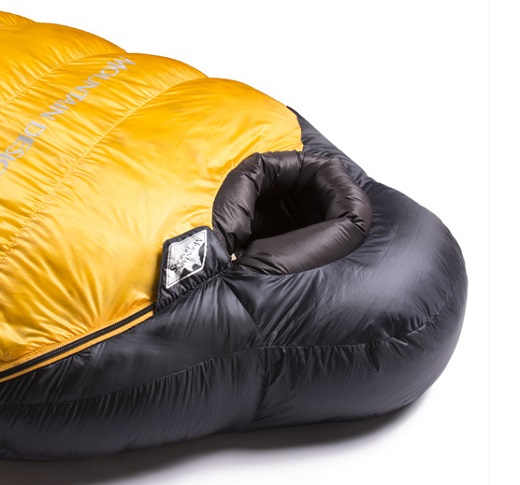
An example of a face baffle, which seals warmth in and provides snug comfort around the face.
Shape
The sleeping bag shape affects its thermal efficiency. The three main shapes available are rectangular, tapered and mummy. Basic sleeping bags designed for general use are usually rectangular-shaped, which provides plenty of room inside for movement and allows the bag to be unzipped and opened out flat. The down side to this shape is the excess space around your body that reduces thermal efficiency. The tapered shape is designed to minimise this excess space while still providing some room to move. The tapered shape is the most common as it is much more versatile and thermally efficient. The mummy-shaped sleeping bag is designed to remove as much excess space as possible without making you feel uncomfortable and restricted. Mummy-shaped bags are used for technical designs where thermal efficiency is a priority.
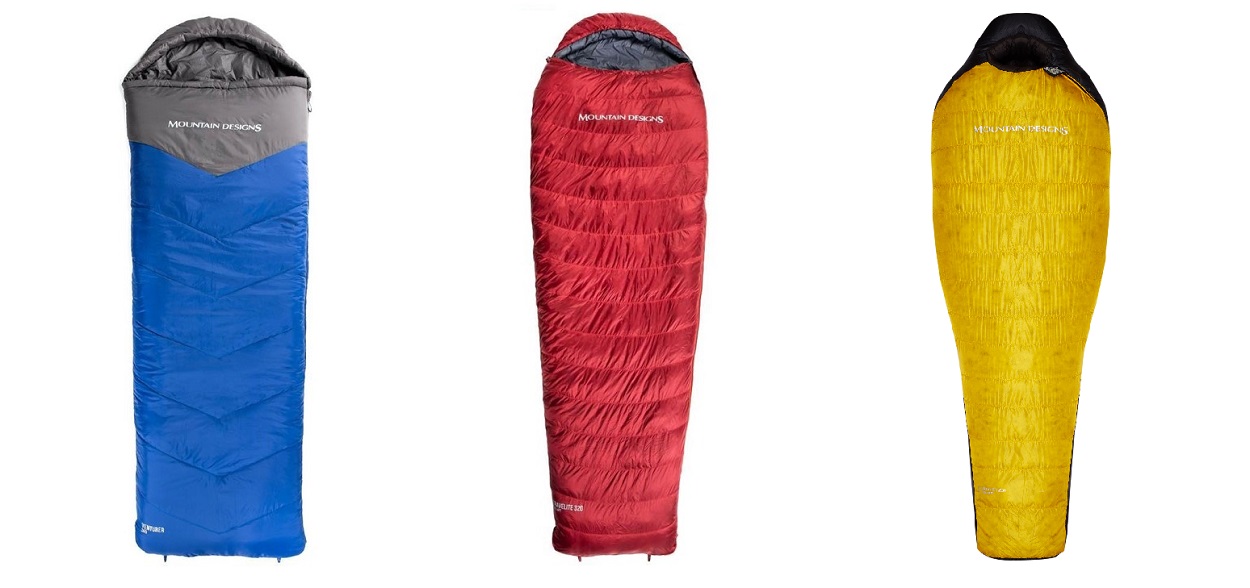
Common sleeping bag shapes include: rectangular (left), tapered rectangular (middle), and mummy (right).
Functional Design
A footbox with a separate zip allows you to open the bottom end of the sleeping bag for lower leg ventilation and air flow, or even completely unzip the bag and use it like a blanket. When left-hand and right-hand side zip options are offered, this compatibility allows two sleeping bags to be zipped together to be used like a double sleeping bag. A flatbed-style hood allows a sleeping bag to double as a liner on 3D-style hooded bags, while built-in pillow pockets and internal stash pockets are self-explanatory.
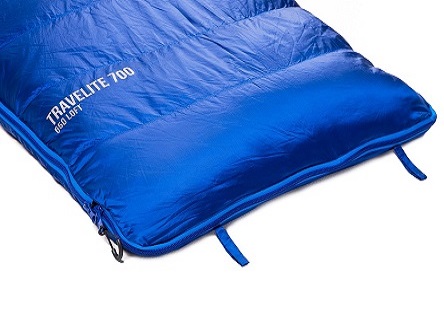
A separate zip in the footbox provides lower leg ventilation and air flow.
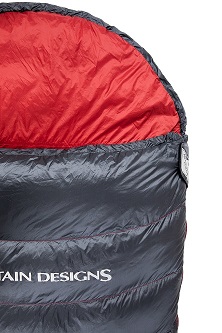
The flatbed-style hood allows a sleeping bag to double as a liner for 3D-style hooded bags, especially useful in alpine conditions.
Weight & Packed Size
A lightweight sleeping bag that packs down into a compact size doesn't matter much when you're lying down asleep inside it, but during the day when its packed up and stowed in your backpack, this becomes more important.
Price
Down sleeping bags tend to be more expensive than their synthetic-fill counterparts, but the superior performance they provide will generally justify the extra cost. Ultimately, the sleeping bag you choose will be determined by your budget.
